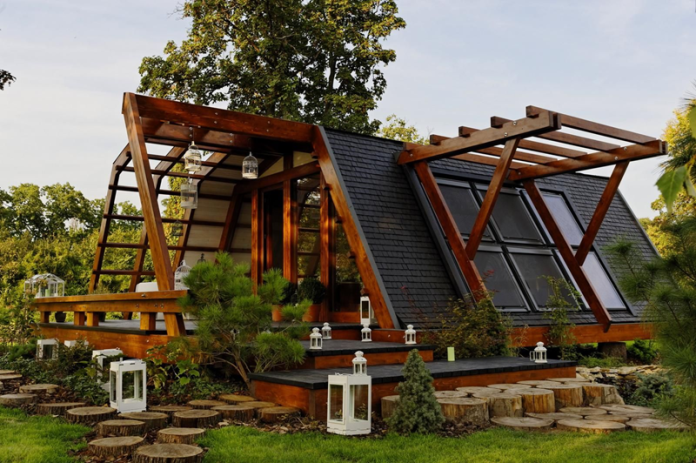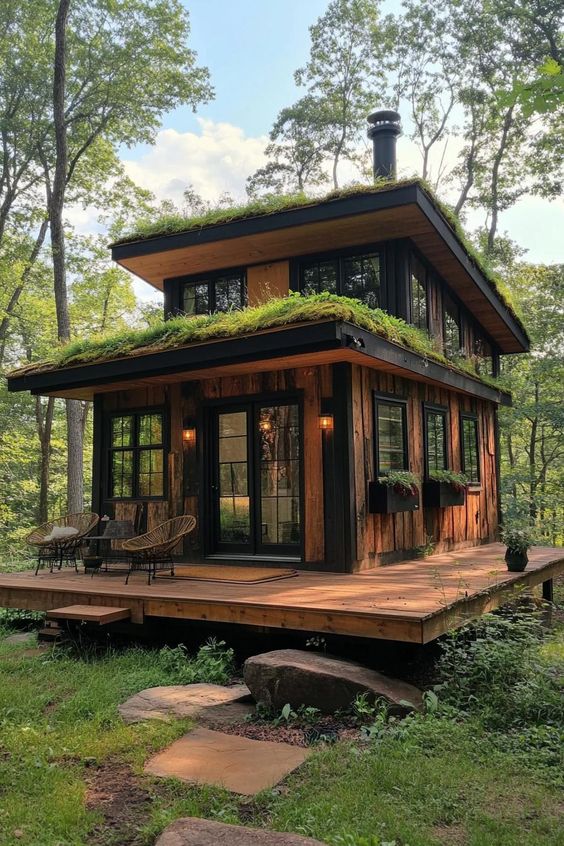As the world becomes increasingly aware of our ecological footprint, the concept of sustainable house plans has garnered significant attention. For many, building a home is not only a major life achievement but also an opportunity to create a living space that is in harmony with the environment. These homes are designed to optimize energy efficiency, utilize sustainable materials, and minimize waste.
Understanding Sustainable House Plans
Sustainable house plans encompass a range of designs and features that aim to reduce energy consumption and promote eco-friendliness. The focus is often on utilizing resources that are renewable, such as solar energy, rainwater collection systems, and green building materials. In a world where climate change is a pressing concern, adopting such designs isn’t just a trend; it’s a necessary step towards a more sustainable future.
Key Elements of Eco-Friendly House Designs
When delving into sustainable house plans, certain features stand out. Here’s a quick look at some of the key elements that make these homes environmentally friendly:
- Energy Efficiency: Using high-quality insulation, energy-efficient windows, and smart home technology that regulates energy use.
- Renewable Energy Sources: Incorporating solar panels, wind turbines, or geothermal systems to power the home.
- Water Conservation: Designing features such as rain gardens and greywater systems to manage water efficiently.
- Natural Ventilation: Designing spaces that promote airflow, reducing the need for air conditioning.
- Locally Sourced Materials: Utilizing materials that are sourced locally to reduce transportation emissions and support local economies.
The Benefits of Sustainable House Plans
Investing in sustainable house plans offers numerous benefits that extend beyond the home itself. Firstly, these designs often lead to significant cost savings on utility bills due to their energy-efficient features. Homeowners can enjoy a comfortable living environment while contributing to a reduction in greenhouse gas emissions. Additionally, as eco-conscious living becomes more prevalent, homes that boast sustainable features can increase in value, making them a wise investment for the future.
Community Impact
Another profound impact of sustainable house designs is their potential effect on the community at large. Eco-friendly neighborhoods can serve as models of sustainable living, encouraging others to adopt greener practices. Communities focused on sustainability often nurture a sense of belonging, with residents motivated to engage in collective efforts like community gardens or solar co-ops. It’s not just about building individual homes; it’s about fostering an environment of sustainability.
Challenges to Consider
While the benefits of sustainable house plans are clear, there are challenges to consider. Homeowners may encounter higher initial costs for materials or technologies. However, it’s crucial to view this as an investment rather than a mere expense. Additionally, navigating local building codes and regulations can be complex, but understanding them is essential for any eco-friendly project.
Choosing the Right Sustainable Plan for Your Lifestyle
When selecting a sustainable house plan, it’s essential to consider your lifestyle and needs. For example, a family with young children may need a larger space with secure outdoor areas, while a couple might prefer a cozy, smaller footprint. Be sure to think about whether you would prefer a single-story design for accessibility or a multi-story plan for maximizing views and space.
Popular Sustainable House Styles
Here are a few popular styles of sustainable homes to consider:
- Rammed Earth Homes: These homes are made from compacted earth and can maintain a stable indoor temperature.
- Passive House: Designed to maximize passive solar gain and minimize energy use, these homes often feature thick walls and triple-glazed windows.
- Modular Homes: Built in sections off-site, they reduce waste and can be assembled quickly on location.
- Earth-Sheltered Homes: Built partially underground, these houses utilize the earth’s natural insulation properties.
Conclusion: Embracing the Green Future
In conclusion, sustainable house plans represent a beacon of hope for environmentally conscious builders and homeowners alike. As we face the challenges of climate change, each eco-friendly design we embrace brings us a step closer to creating a sustainable future. The journey towards green living may have its hurdles, but the benefits—both economically and in terms of environmental impact—are incredibly rewarding. So, let’s get inspired, roll up our sleeves, and create not just houses, but homes that actively contribute to the health of our planet!



